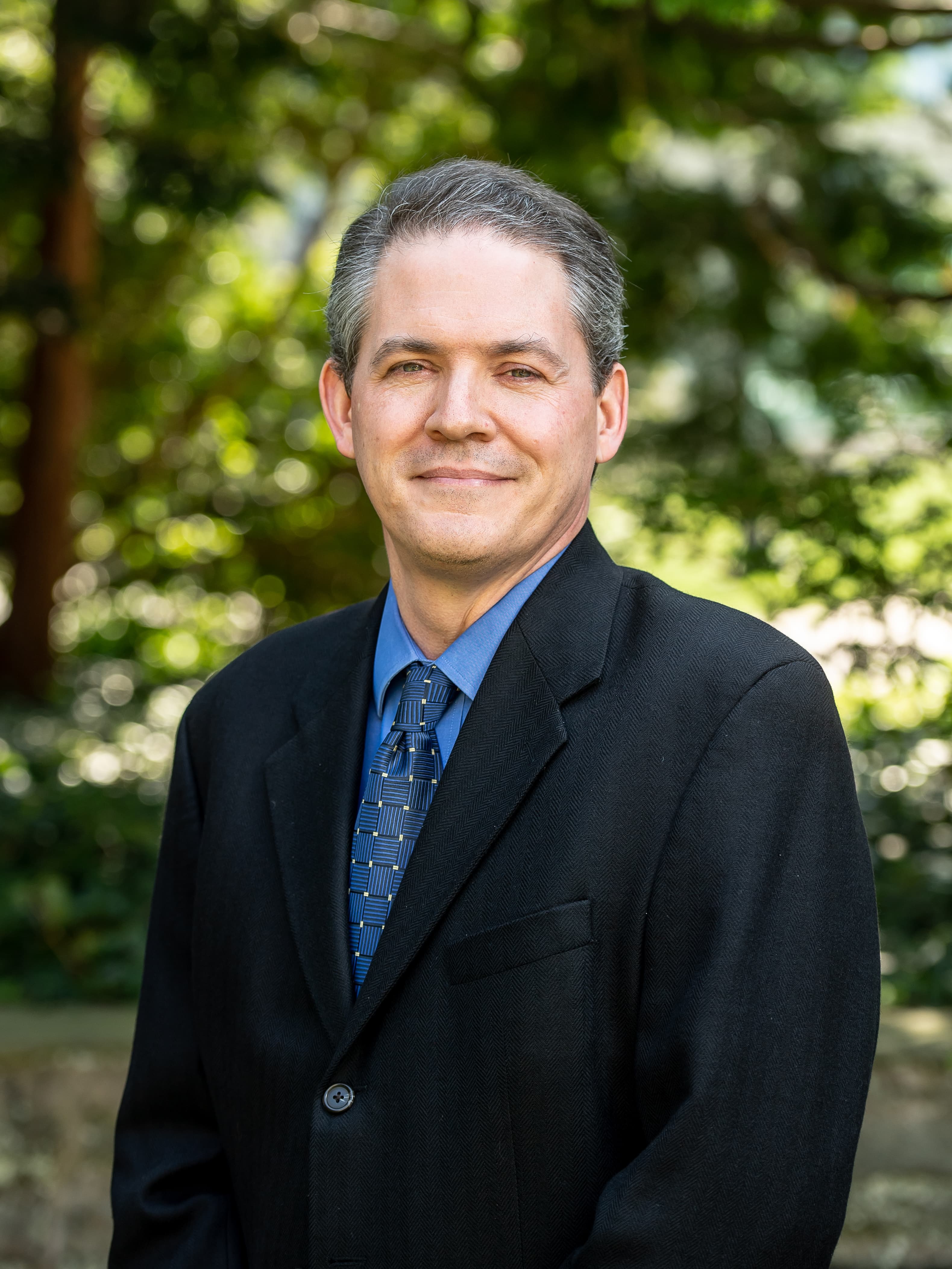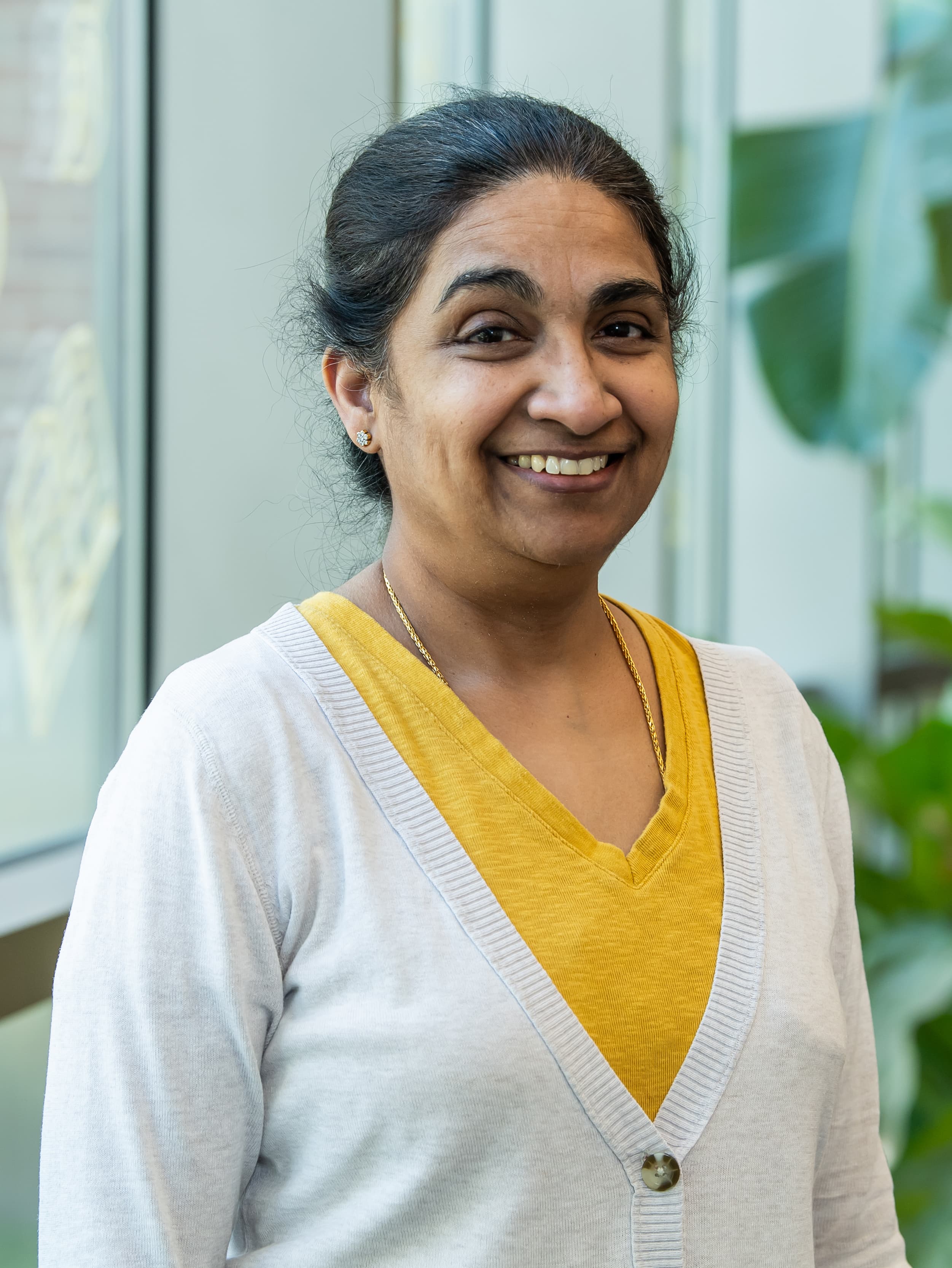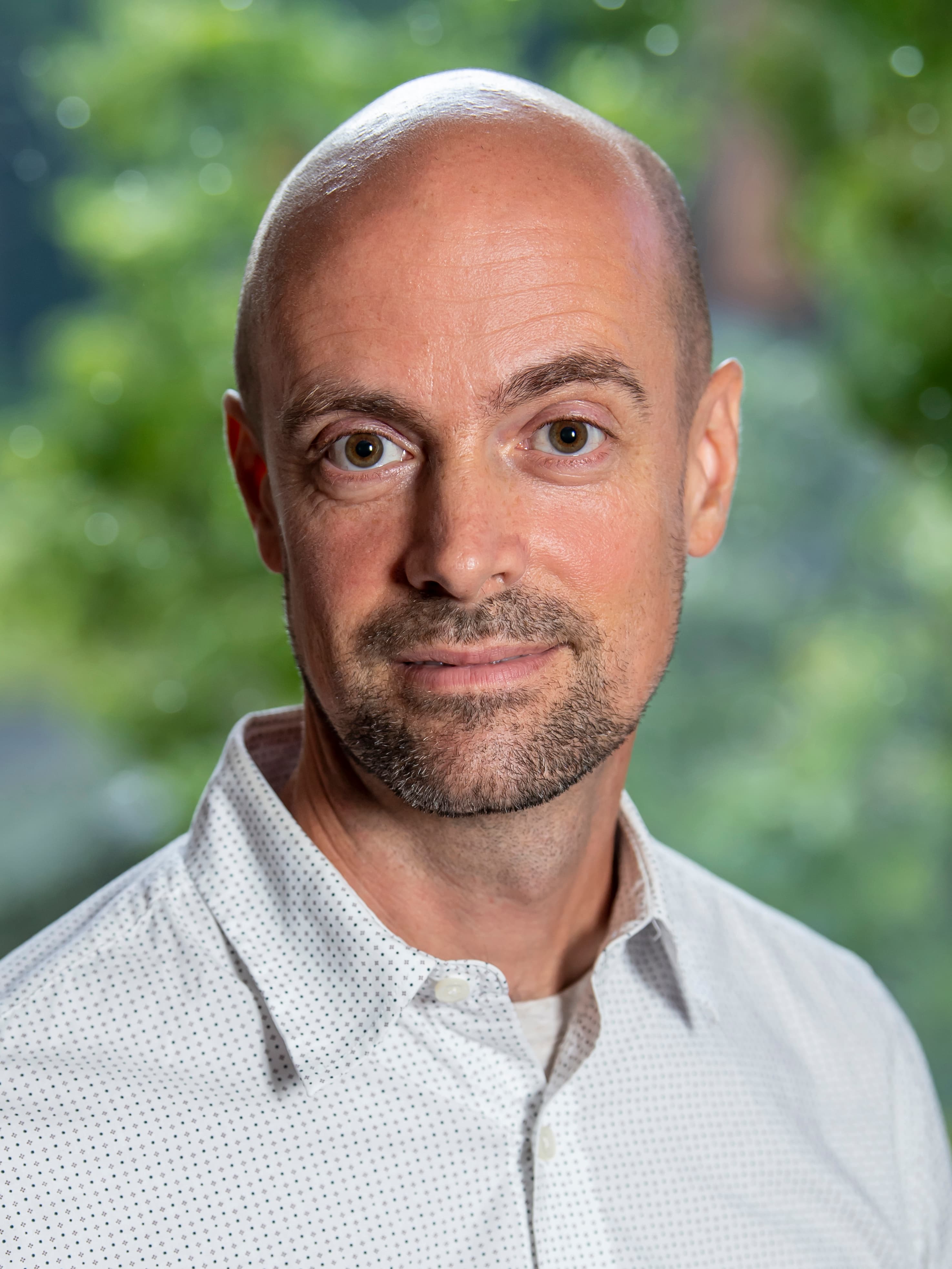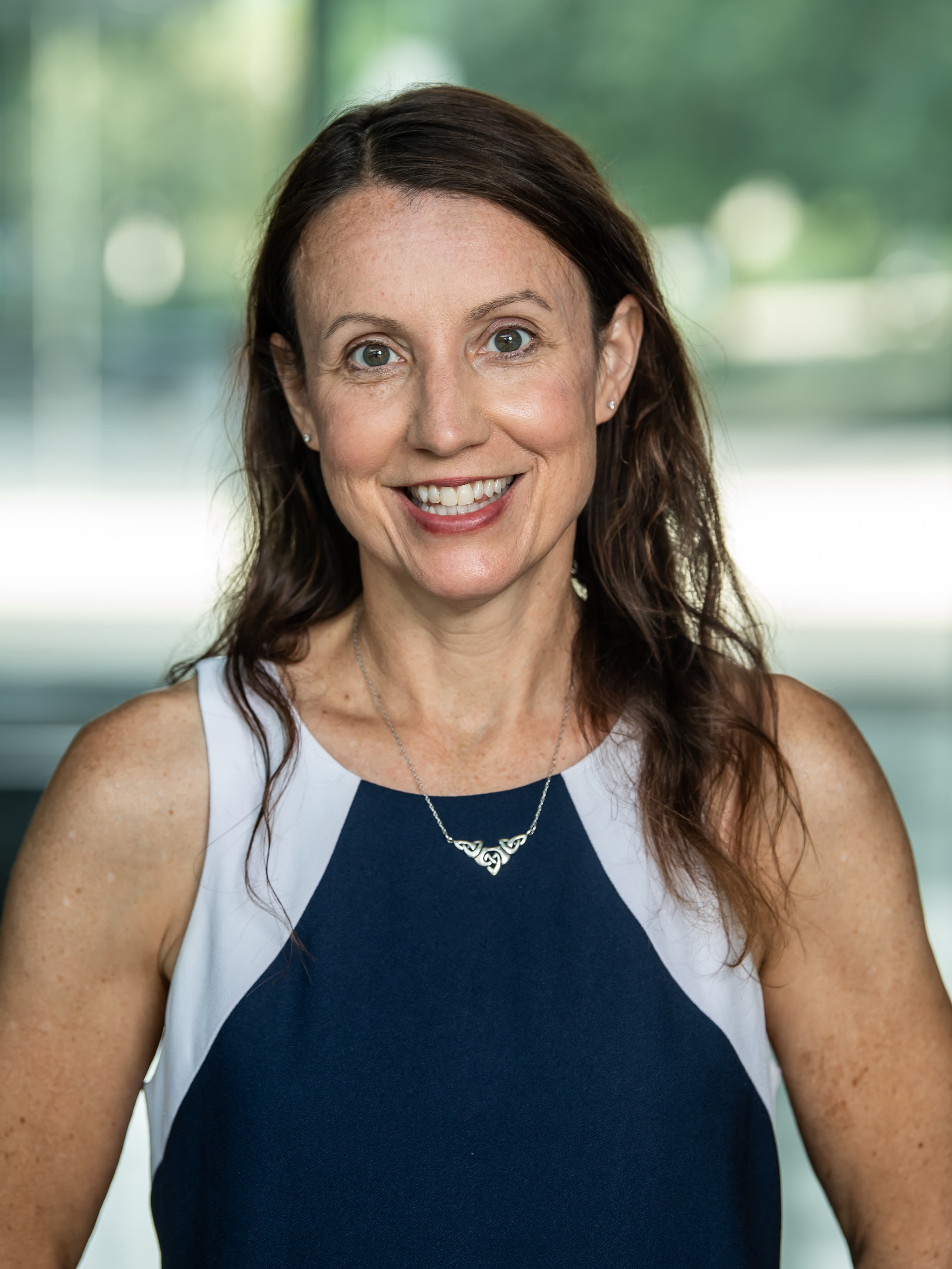Shining a Light on “The End”
Students and faculty at Saint Joseph’s University are helping practitioners and their geriatric patients better navigate healthcare at the end of life.

Saint Joseph’s University’s faculty and students are ensuring aging generations know about and receive the end-of-life care they need. Faculty across occupational therapy, physical therapy and pharmacy are training healthcare providers to meet the needs of geriatric patients, and the Institute of Clinical Bioethics (ICB) is talking directly with elderly community members about living wills, palliative care, do not resuscitate (DNR) orders and more.
AGE-SMART
Saint Joseph’s School of Health Professions (SHP) is working alongside the University of Pennsylvania to activate AGE-SMART, or Advanced Geriatric Education with Strategic Multidimensional Age-Friendly Resources and Training. This program is made possible by federal funding from the Health Resources and Services Administration (HRSA)’s Geriatric Workforce Enhancement Program.
Primarily, AGE-SMART aims to effectively train practitioners who may not have experience working with geriatric populations. The program is reliant on Interprofessional Education and Practice, or IEP, which is a teaching model that encourages students to learn from each other and practice working as part of a care team. IEP has been proven to improve patient outcomes and is the cornerstone of Saint Joseph’s SHP curricula.
“A large part of this grant, so far, has been building engaging geriatric content into programming and case studies that can ensure our students are team-ready once they graduate,” explains Diane H. Quinn, PharmD, BCACP, clinical associate professor of pharmacy practice and administration. “So, from a pharmacy angle, how can we directly engage our students with prescribers to improve geriatric care?”
The four SHP faculty working on AGE-SMART have each approached their own fields of study with this question. While Quinn explored prescriber relationships, Alice Scaletta, PharmD, clinical associate professor of pharmacy practice and administration, is working to make geriatric care the focus of an annual LGBTQIA interprofessional event, inviting a keynote speaker to describe the challenges of her late-in-life gender transition and emphasizing a difficult case study involving an elderly lesbian woman who experiences incredible obstacles in accessing healthcare.
“We want the students to think about patients they may have never considered before,” explains Scaletta. “Making this patient’s case study the focal point of the day will show them what older patients are experiencing in healthcare and how their needs may differ, especially depending on their demographics.”
Natalie Goldberg, DPT, clinical assistant professor of physical therapy, specializes in elder care and, as part of AGE-SMART, is working with Johns Hopkins to develop an education module to help primary care providers develop dementia-friendly care skills.
“It’s multidisciplinary, so they’ll learn about mobility pieces, pharmacological issues that may arise, sleep hygiene, home safety — it’ll really run the gamut of everything caregivers encounter when treating a patient with dementia,” says Goldberg.
Geriatric patients often encounter issues with sleep, with or without a dementia diagnosis, which is one way Nabila S. Enam, OTD, OTR/L, RYT, is contributing to AGE-SMART. Enam is the clinical associate professor and director of DrOT programs at Saint Joseph’s, and specializes in working with geriatric populations.
We go over what actually happens in the aging process; what changes the body goes through; and how nutrition, sleep and care needs might differ as people age.”
Nabila S. Enam, OTD, OTR/L, RYT
Clinical Associate Professor and Director of DrOT ProgramsEnam is furthering our understanding of how sleep changes with age and what OTs can do to enable effective rest for elderly patients. She is also teaching an OT elective focused on geriatric care.
“There are a lot of things students don’t go into practice knowing about elderly patients,” says Enam. “So we go over what actually happens in the aging process; what changes the body goes through; and how nutrition, sleep and care needs might differ as people age.”
END-OF-LIFE COMMUNITY FORUMS
While aging poses its own challenges within the healthcare industry, what complicates things even further is … dying.
Most people spend so much time trying not to think about dying that they don’t realize how complex critical care decisions can become at the end of life. If you can’t breathe on your own, do you want to be intubated? How do you navigate getting donated organ tissue if one of yours is failing? If you can’t eat on your own, do you want a feeding tube?
Fellows and medical students working with Saint Joseph’s Institute of Clinical Bioethics are running forums for elderly community members where they plainly discuss these topics and provide counsel on issues that may be causing confusion.
Fellows are holding forums on a wide variety of topics, including advance directives, the difference between palliative care and hospice, physician-assisted suicide, the misinformation surrounding organ donation, and allow natural death (AND) orders.
The fellows also plan to run ICB’s signature Health Promoter clinic at these forums to give attendees a chance to get their blood pressure, cholesterol, vision and BMI checked all in one place.
“Encouraging these early discussions and offering interventions like Health Promoters facilitates the emotional and logistical work being done by physicians and families at the eleventh hour,” says Fredy Abboud, BA ’26, a biology major.




 As exemplified by the Nobel Prize in Chemistry for 2024 — awarded for the development of AlphaFold, an AI model that predicts complex protein structures and enables the building of new proteins — generative artificial intelligence (GAI) tools are already playing a big role in pushing the boundaries of knowledge in chemistry. GAI refers to any artificial intelligence application that uses algorithms to analyze large amounts of data and predict outputs based on user prompts. In order to achieve such scientific breakthroughs, students in the discipline must develop critical thinking, problem-solving, scientific inquiry and communication skills. These outcomes are developed with the help of a laboratory component in each area of the discipline. GAI could be beneficial if integrated as a “scaffold” for these learning outcomes through effective prompt engineering.
As exemplified by the Nobel Prize in Chemistry for 2024 — awarded for the development of AlphaFold, an AI model that predicts complex protein structures and enables the building of new proteins — generative artificial intelligence (GAI) tools are already playing a big role in pushing the boundaries of knowledge in chemistry. GAI refers to any artificial intelligence application that uses algorithms to analyze large amounts of data and predict outputs based on user prompts. In order to achieve such scientific breakthroughs, students in the discipline must develop critical thinking, problem-solving, scientific inquiry and communication skills. These outcomes are developed with the help of a laboratory component in each area of the discipline. GAI could be beneficial if integrated as a “scaffold” for these learning outcomes through effective prompt engineering. 
